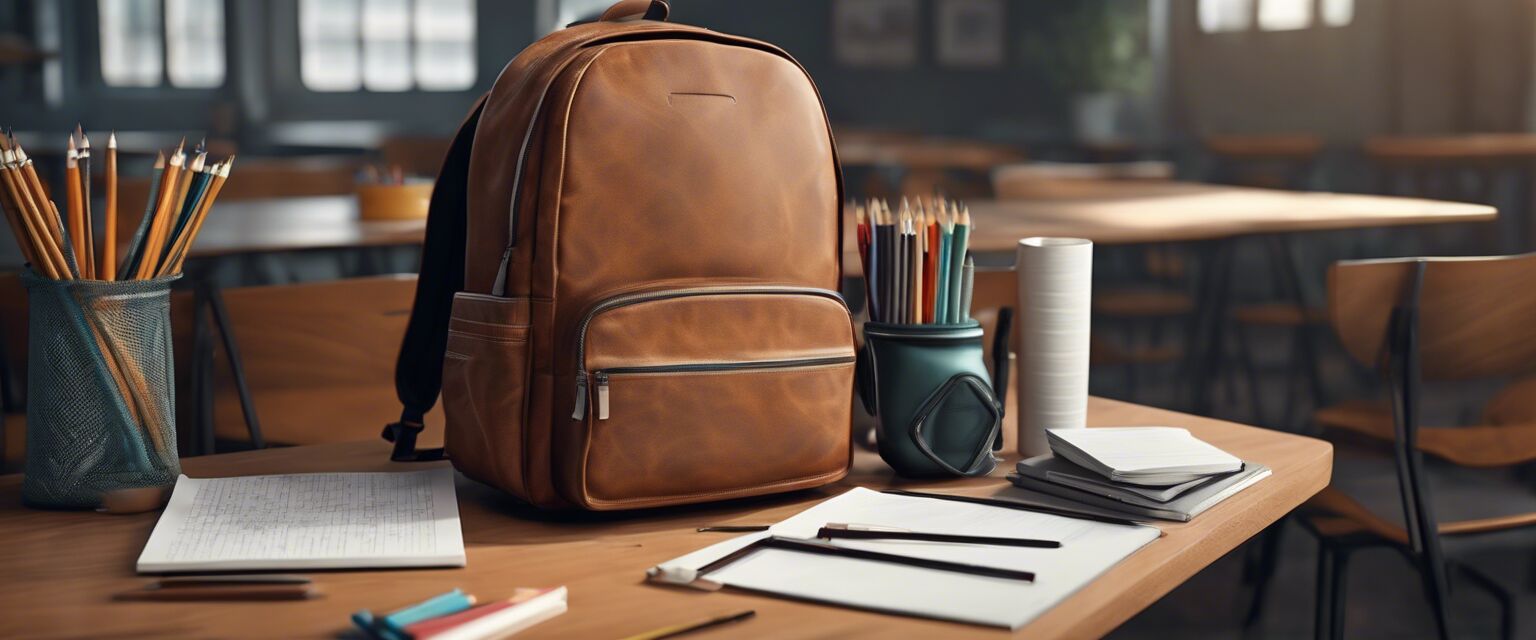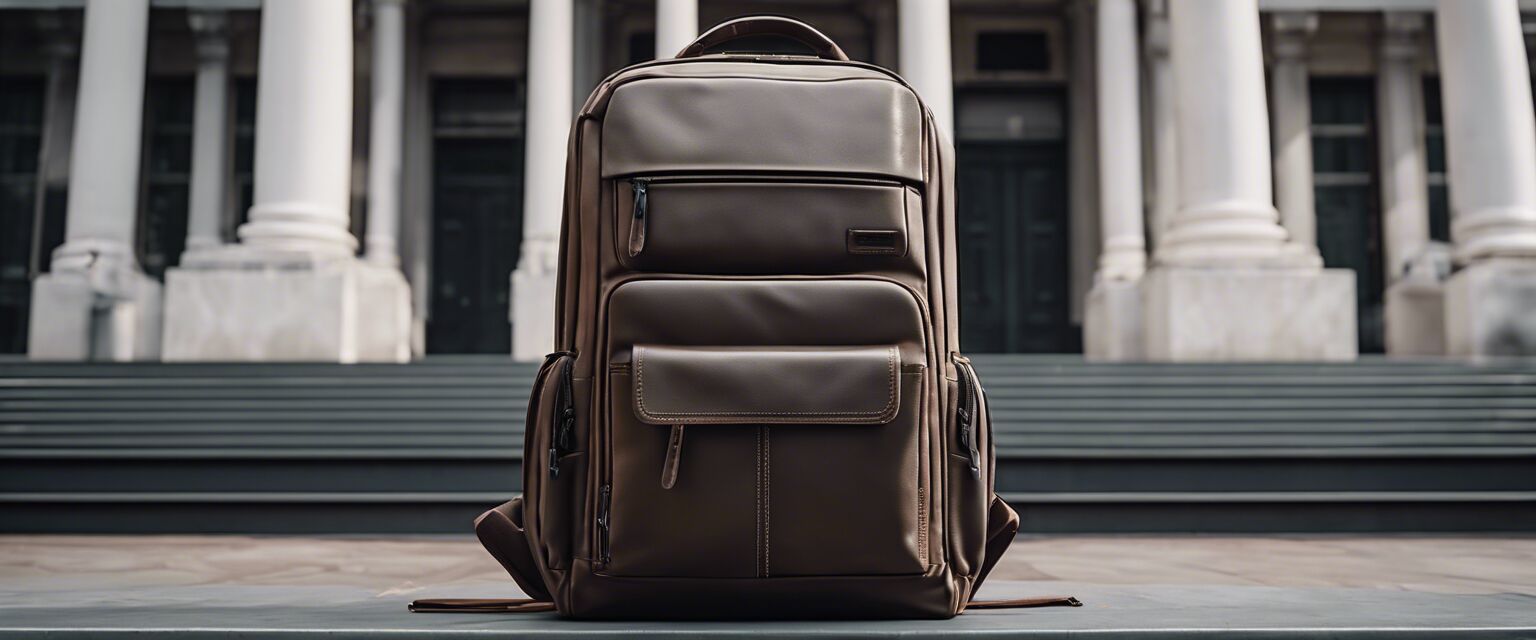
Material Durability: A Deep Dive into the Materials Used in Backpacks Ensuring They Withstand Student Life Demands
Key Takeaways
- Material choice is crucial for durability and overall performance.
- Common materials used in backpacks include nylon, polyester, and canvas.
- Waterproof features enhance durability against environmental damage.
- Understanding the pros and cons of each material helps in making informed decisions.
In today's fast-paced academic environment, students need backpacks that can withstand the rigors of daily life. Between books, laptops, and other essentials, a backpack's material plays a pivotal role in its durability. In this deep dive, we will explore the various materials used in backpacks, analyze their strengths and weaknesses, and help you make an informed decision when selecting the perfect backpack for your needs.
Understanding backpack materials
Backpacks are made from a variety of materials, each offering unique benefits and drawbacks. Below, we will explore the most common materials used in modern backpacks and how they contribute to overall durability and utility.
| Material | Durability | Water Resistance | Weight | Cost |
|---|---|---|---|---|
| Nylon | High | Moderate | Lightweight | Moderate |
| Polyester | Moderate | Low | Lightweight | Low |
| Canvas | Moderate | Low | Heavy | Moderate |
| Leather | Very High | High | Heavy | High |
Nylon: The go-to material for students
Nylon is one of the most popular materials used in modern backpacks. Known for its exceptional durability and lightweight properties, nylon can withstand wear and tear from daily use.

Polyester: Affordable and lightweight
Polyester is another commonly used material in backpacks. Although it is not as durable as nylon, it is more cost-effective. Polyester will typically suit students on a budget but might not withstand heavy stress as effectively as other materials.
Canvas: Classic yet heavy
Canvas has a timeless appeal and offers decent durability. However, its weight can be a downside for students who carry laptops and additional supplies.
Leather: A blend of style and strength
Leather backpacks are synonymous with durability and sophistication. They can withstand various conditions and improve with age, but they come with a heftier price tag and weight.

Waterproofing: Reinforcing durability
Some backpacks integrate waterproof features into their materials, further enhancing their durability. Waterproof treatments often delay water absorption, providing extra protection for electronics and textbooks.
Table: Popular Waterproof Backpack Materials
| Material | Waterproof Capability | Price | Suitable for |
|---|---|---|---|
| Nylon (water-resistant) | Moderate | Moderate | Daily Use |
| Polyester (coated) | Low | Low | Occasional Use |
| Wraps or PVC Coated | High | High | Outdoor Activities |
| Leather (treated) | High | High | Fashionable Use |
Choosing the right material for your needs
Selecting the best backpack involves understanding the demands of your lifestyle. If youâre looking for a lightweight option that can handle wear and tear, nylon or a waterproof option is best suited.
Pros and cons of common backpack materials
Pros
- Nylon is lightweight and highly durable.
- Leather offers a mix of durability and style.
- Waterproof options provide added protection against the elements.
- Canvas provides a classic look suitable for various styles.
Cons
- Polyester is less durable and not water-resistant.
- Heavy materials like canvas can be cumbersome.
- Leather can be expensive and requires maintenance.
- Waterproof treatments can hinder breathability.
Conclusion
Your backpack is an essential part of your daily routine, especially as a tech-savvy student. Understanding materials can empower you to select a durable and functional choice for your needs. With the right backpack at your side, you can conquer your academic life confidently.
Beginner's tips for choosing durable backpacks
- Identify your primary use: daily school, travel, or hiking.
- Check the stitching and zippers for quality assurance.
- Test the weight to ensure it suits your carry capacity.
- Consider water-resistant options for added protection.
- Research reviews from other students for their insights.
Explore More
For further reading on different types of backpacks, check out our guides:








